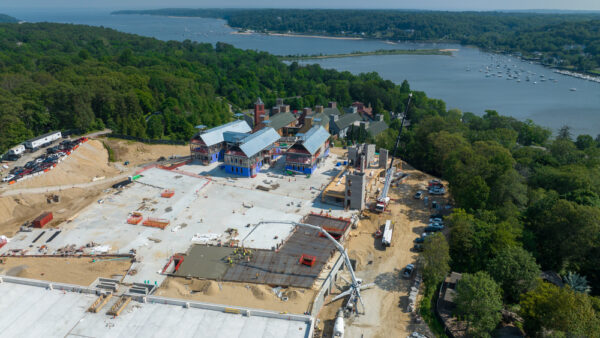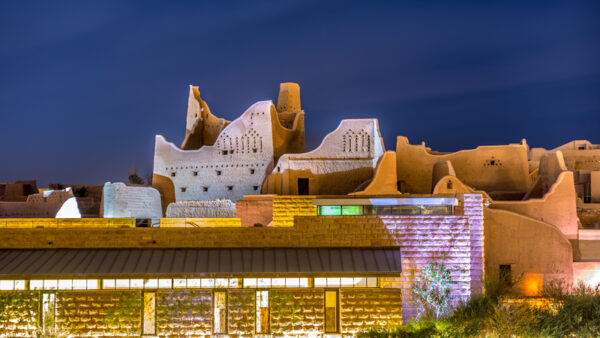The Pompidou Centre in Paris has announced that it will be closed between 2023 and 2026 for a €200m refurbishment before celebrating its 50th anniversary in 2027.
It hasn’t had a major renovation since it was completed in 1977 and its management described the building as “in distress”.
The Beaubourg art complex, designed in high-tech style by Richard and Su Rogers, Renzo Piano and Gianfranco Franchini, is Europe’s largest modern art museum and library.
It has become an icon of seventies’ high-tech style, and one of most instantly recognisable buildings in the world.
However, it is feeling its age. Serge Lasvignes, president of the centre, told Le Figaro: “We no longer have a choice, the building is in distress.”
He added: “In concrete terms, our aim is to preserve our key masterpiece, the building itself, which has not undergone any major renovation since 1977. This work is essential if it is to remain an international icon of modernity and contemporary architecture attracting thousands of visitors every year.”
In September, France Roselyne Bachelot, France’s culture minister, said the decision was taken to close the museum completely to cut the time and cost needed to renew the building.
Among the tasks to be completed are the removal of asbestos and improvements to the heating and ventilation. The refurb will also include improved accessibility, an overhaul of the museum’s computer and server system, a redesign of the building’s safety.
The Beaubourg has received mixed reviews since its completion in 1977.
Bill Bryson, the American writer and architectural commentator, wrote in his 1992 book Neither Here nor There: “Everything about it seemed wrong. For one thing it was a bit weathered and faded, like a child’s toy that has been left out over winter, which surprised me because it is only a dozen years old and the government had just spent £40m refurbishing it, but I guess that’s what you get when you build with plastic.”
By contrast, the New York Times, reporting on Rogers’ winning the Pritzker Prize in 2007, said the centre had “turned the architecture world upside down”, and that “Rogers earned a reputation as a high-tech iconoclast”.
Image: The Centre Pompidou is best known for having its insides on the outside (Reinraum/CC BY-SA 3.0)
Further reading:






